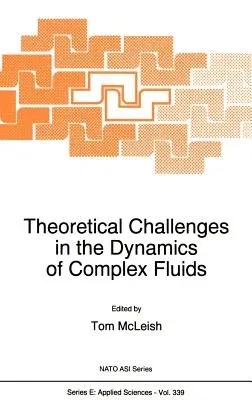Theoretical Challenges in the Dynamics of Complex Fluids (1997)Hardcover - 1997, 30 June 1997

Qty
1
Turbo
Ships in 2 - 3 days
In Stock
Free Delivery
Cash on Delivery
15 Days
Free Returns
Secure Checkout

Part of Series
NATO Science Series E:
Part of Series
Solid Mechanics and Its Applications
Part of Series
NATO Science Series: E:
Part of Series
NATO Science Series E: (Closed)
Print Length
338 pages
Language
English
Publisher
Springer
Date Published
30 Jun 1997
ISBN-10
0792346076
ISBN-13
9780792346074
Description
Product Details
Book Edition:
1997
Book Format:
Hardcover
Country of Origin:
US
Date Published:
30 June 1997
Dimensions:
23.39 x
15.6 x
2.06 cm
ISBN-10:
0792346076
ISBN-13:
9780792346074
Language:
English
Location:
Dordrecht
Pages:
338
Publisher:
Series:
Weight:
671.32 gm